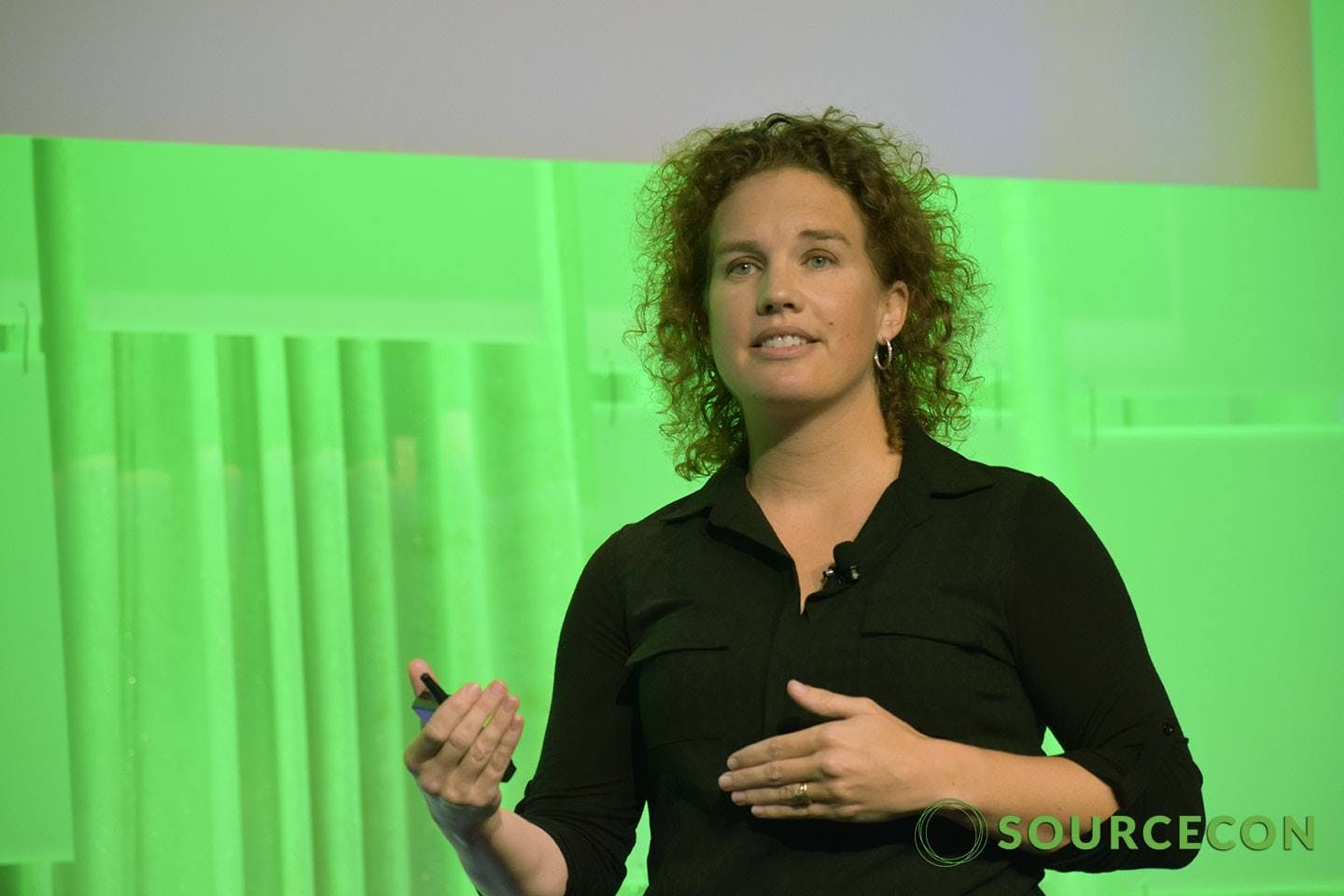What exactly is machine learning? You know much more than you think you do. Machine learning and artificial intelligence are all around us. While we browse social media the Facebook machines are calculating how to help its patrons’ ads reach their intended audiences. You turn on Netflix and “because you watched this” suggestions span the TV screen, powered by machine learning they work harder and harder to select a movie that fits your viewing pleasure. Amazon bots formulate a plan to get just the right product ads on your landing page using your previous purchase history. Machine learning (ML) is everywhere. And as Director of Data Science at Randstad Sourceright Summer Husband points out, it’s becoming increasingly relevant and increasingly important. As machine learning develops, Husband suggests we use the centaur approach, leveraging artificial intelligence (AI), using human intelligence. How we balance those two bits of intelligence is one of the most important elements to future success.
As Husband addressed the SourceCon family, she explained just how important the role of human intelligence is in leveraging ML and AI. Husband is married to her husband Chris and they have four active boys. Needless to say, family is important to her. Imagine if you could save a family member’s life before you even knew their life was in jeopardy? That’s exactly what mathematicians like Husband have been helping doctors to do. It’s called survival analysis.
The Cornell Statistical Consulting Unit describes survival analysis as “a set of methods for analyzing data where the outcome variable is the time until the occurrence of an event of interest. The event can be death, the occurrence of a disease, marriage, divorce, etc.”
In practice, doctors have been able to use survival analysis to identify high-risk heart failure patients months before previously possible, which is saving lives. What an amazing application. You see, it’s the amazing way we apply these principles that become highly impactful. What a role we play! Using the centaur approach, we can develop and apply this to anything we set out to accomplish.
What I enjoyed about Husband was her ability to relate to the audience these complex mathematics and analyses behind ML and AI. Most of us if not all of us have lost someone to terminal illness, disease, or deficiencies, so the survival analysis application in the medical field quickly means something to us. And who doesn’t use Netflix, Facebook, or Amazon on a daily basis? The applications of ML and AI are suddenly recognizable. Now that we can relate, it’s time to apply it to sourcing. Husband jokes, “unlike doctor’s and their patients, sourcers want their jobs to die quickly.” All jokes aside, what she tells us next is one of the greatest takeaways from her presentation.
At Randstad, Husband focuses on how analyzing time-to-fill can help predict high-risk job requisitions so that resources can be allocated most efficiently to fill those roles. Imagine if you could create a model for your agency where you base your pricing on a well-known risk factor quotient. That would allow you to show data to justify your services to your clientele, especially when put into laymen terms, they understand that a higher risk position will require more sourcers and better-equipped tools. “What? Are you going to put all hands on deck for me? Sold.” Says your agency’s potential client. On the corporate side, this application can be used to justify your existence, and your department spends to the bean counters.
You see if we embrace the power of ML and AI we can control it and apply it in ways that make a real impact in our businesses. Further, Husband suggests creating a type of “talent advisory toolkit,” where we use the visibility into the data we already have to allow us to calculate time-to-fill better, pay range, and even candidate fit. That kind of unsupervised learning, where machine learning identifies and maximizes patterns, will allow sourcers to use technology to identify candidates at a much faster rate.
Although that area has a long way to go, it’s getting there. Husband suggests we leverage the centaur approach and continue to use machine learning and artificial intelligence along with our human intelligence and gut instincts to improve our ability to identify candidates and fill our jobs. Those that take that kind of approach will drive results and become top performers, which at the end of the day, is why we go to SourceCon. Thank you, Summer! For more, check out the highlight video below.
